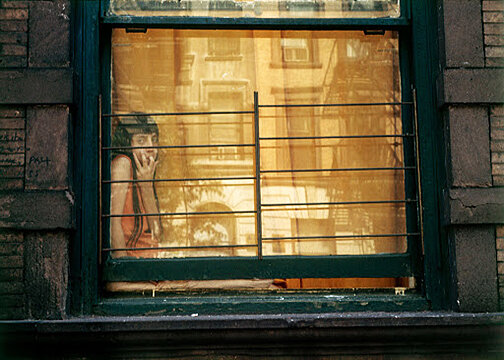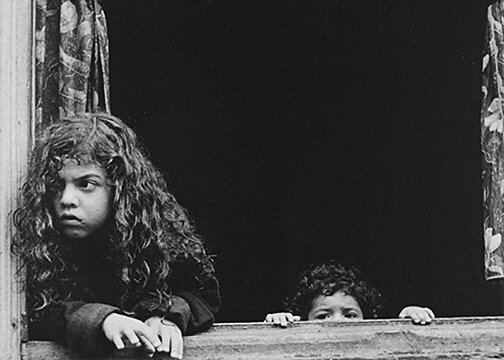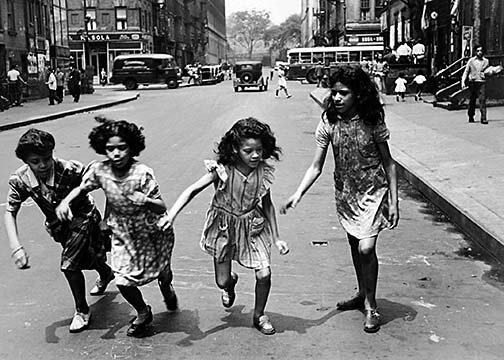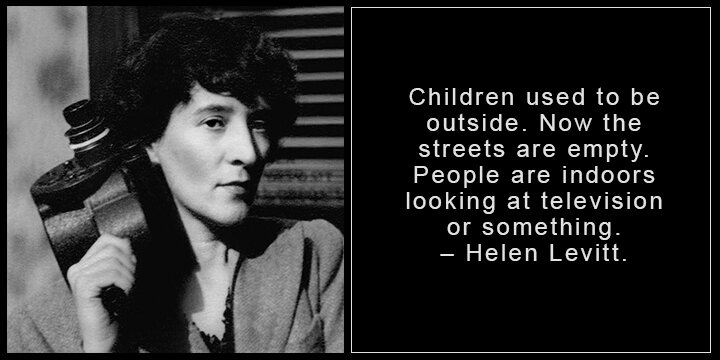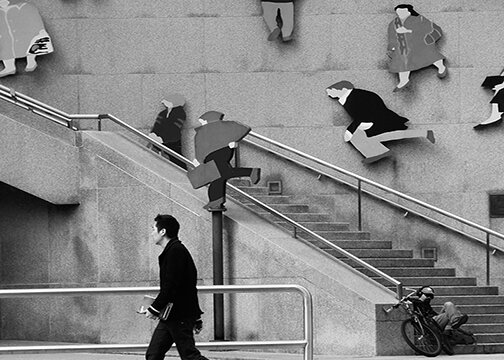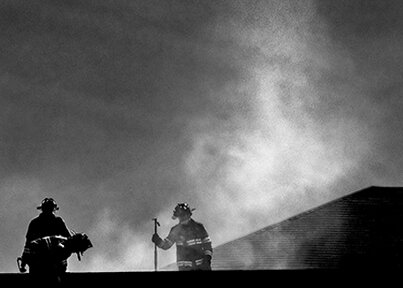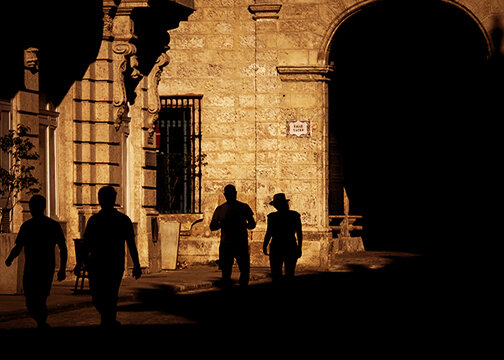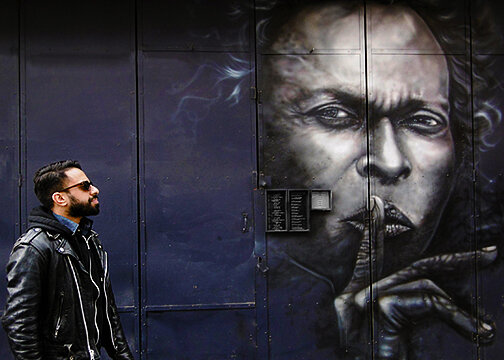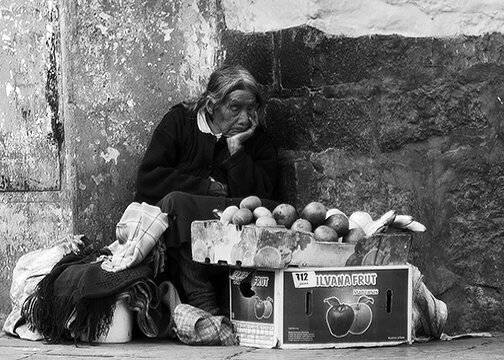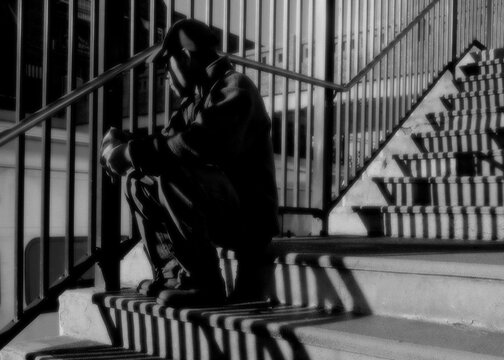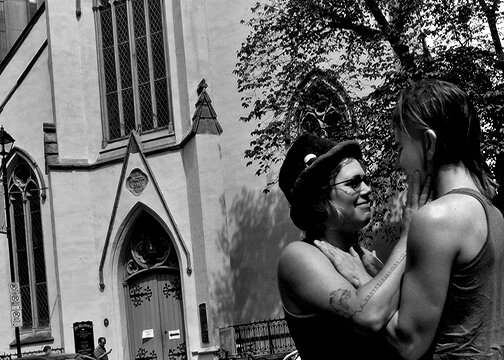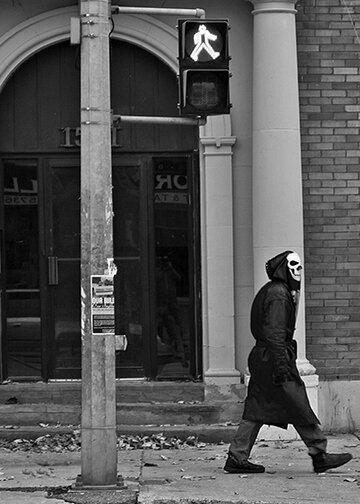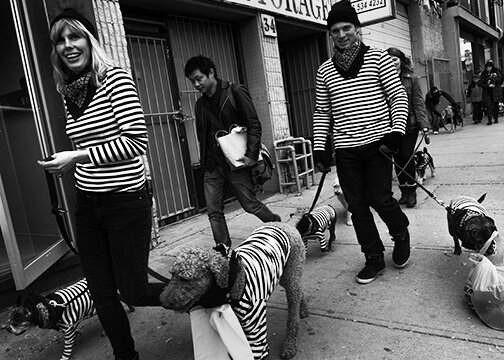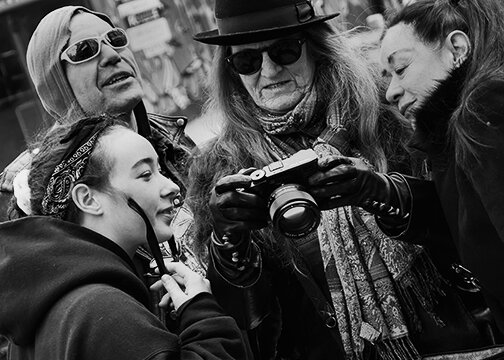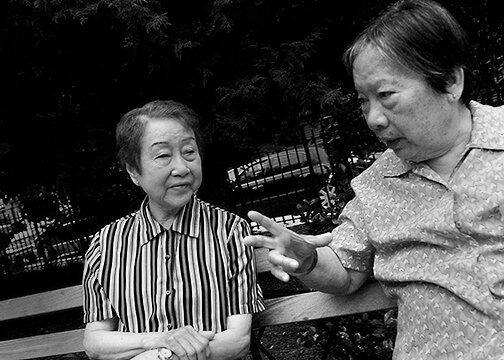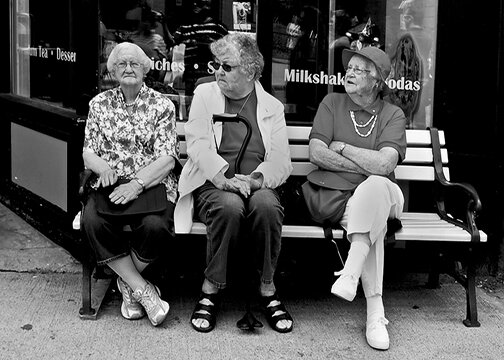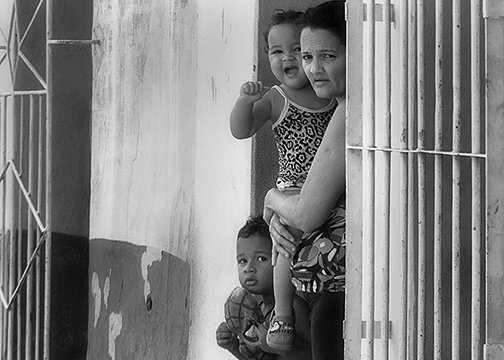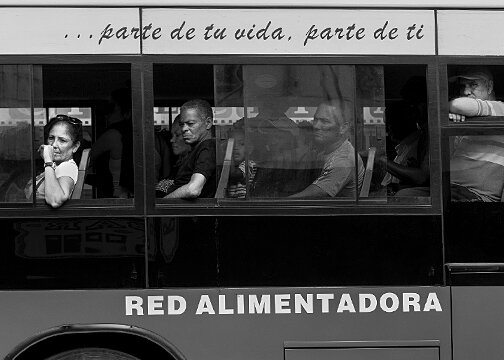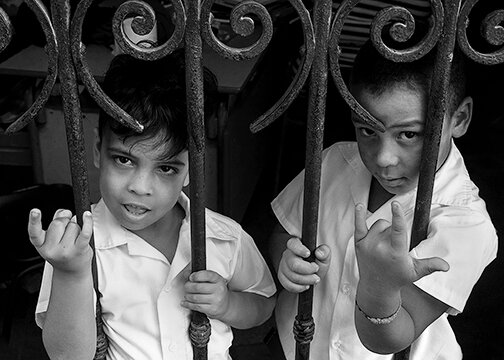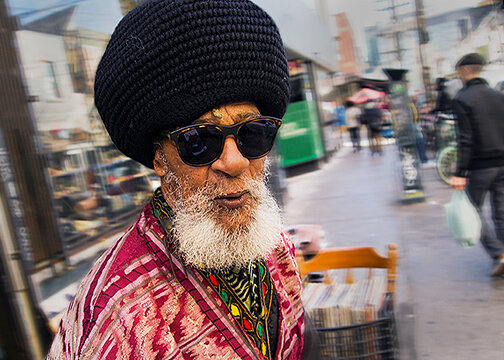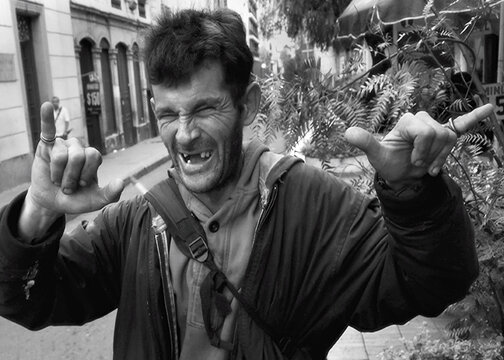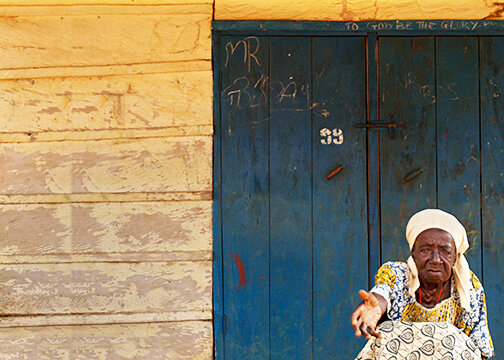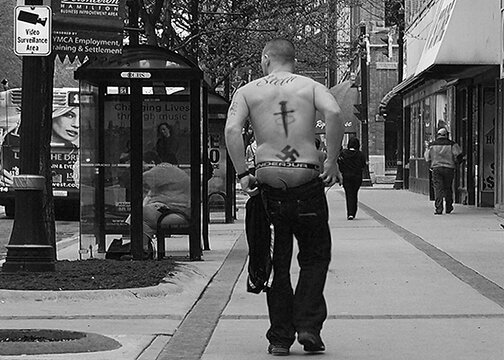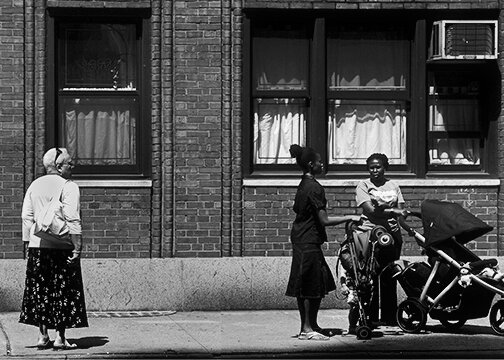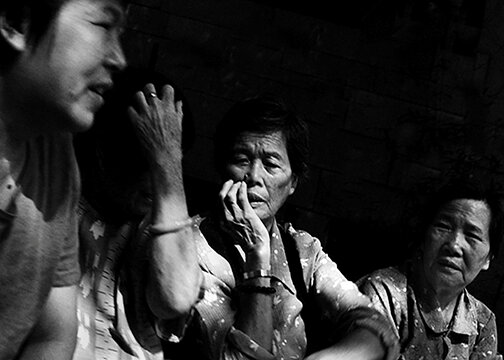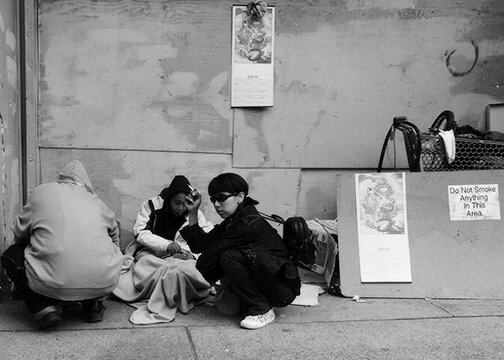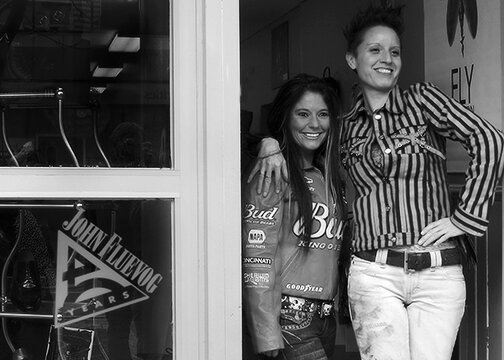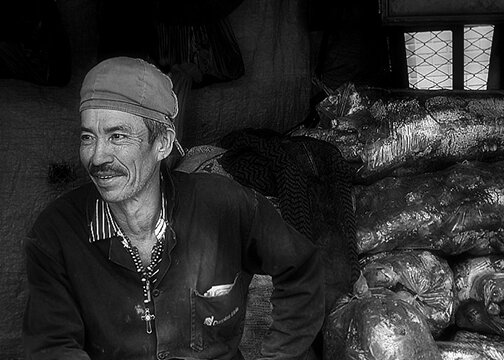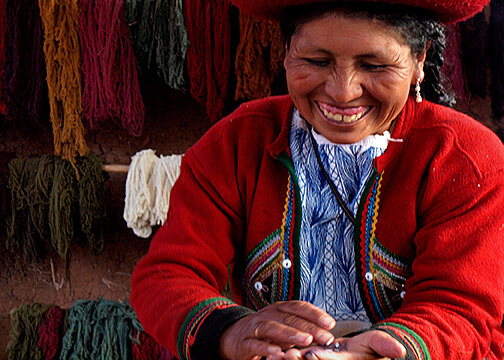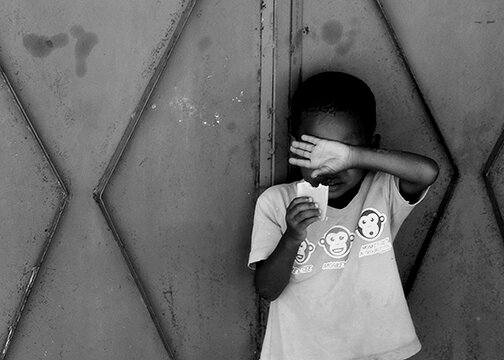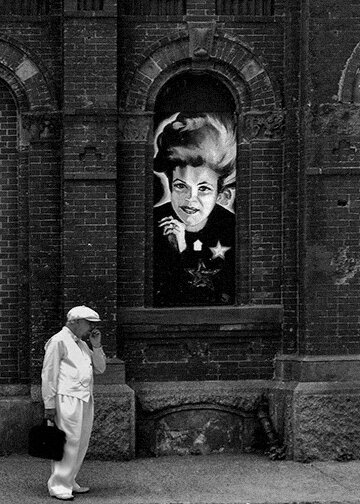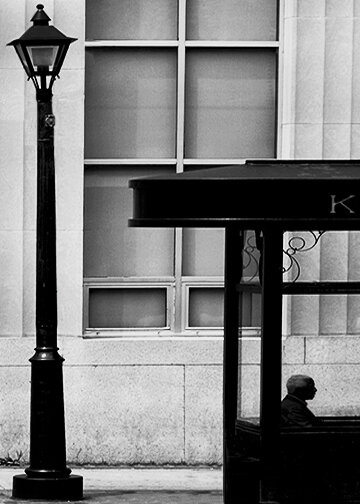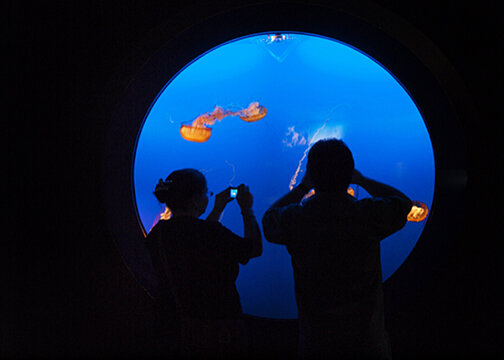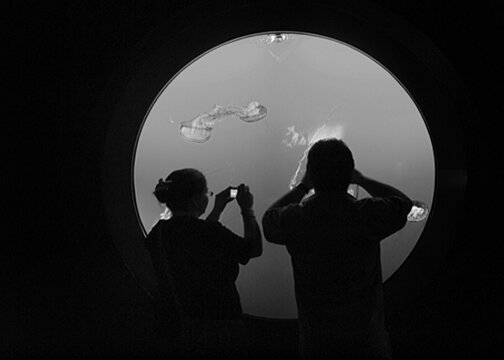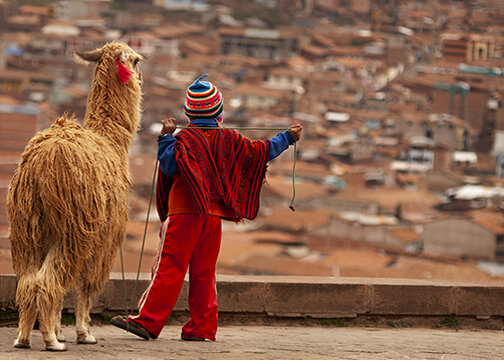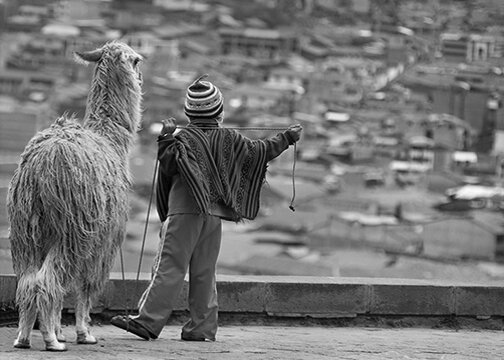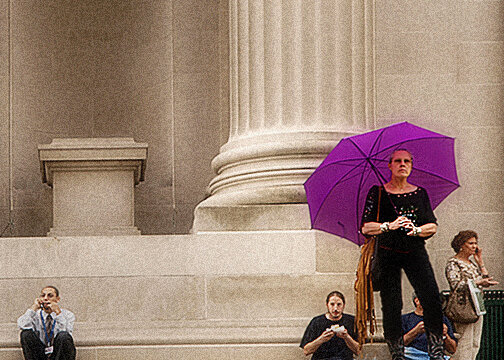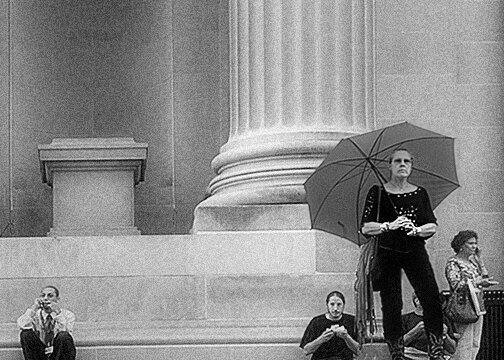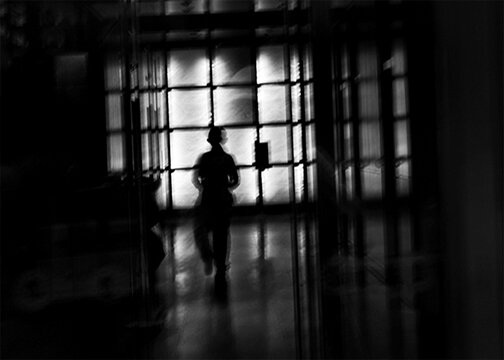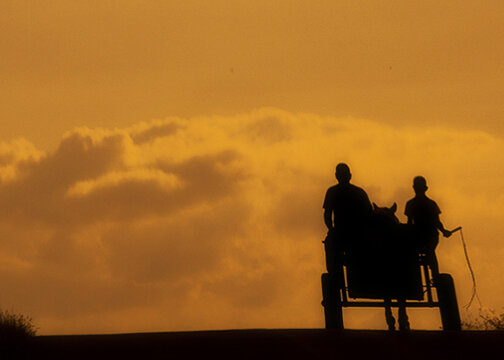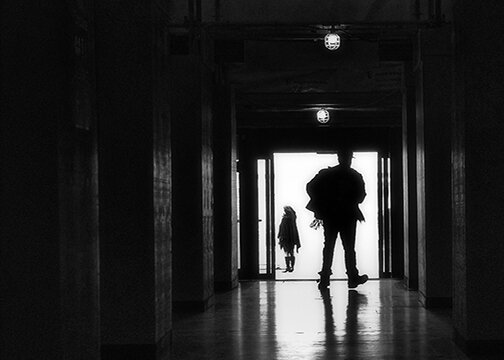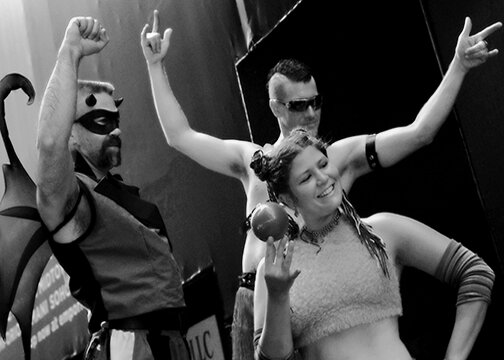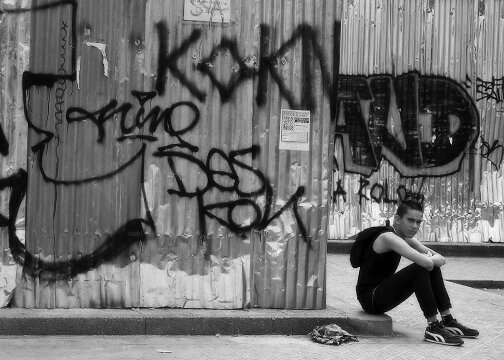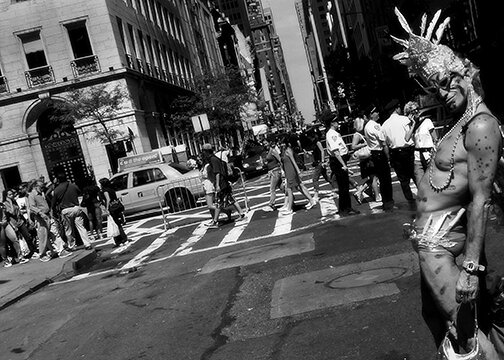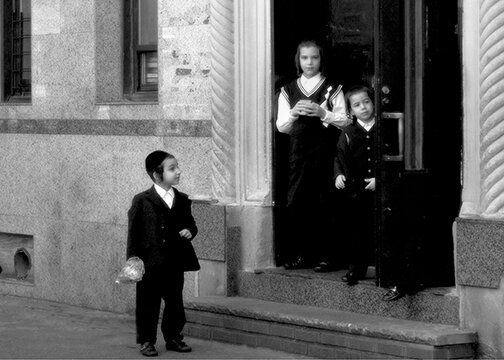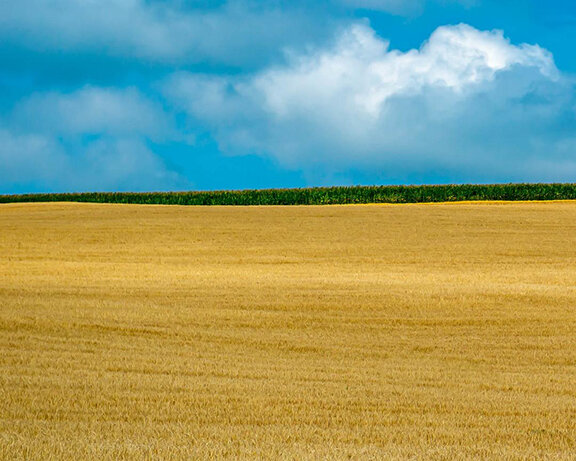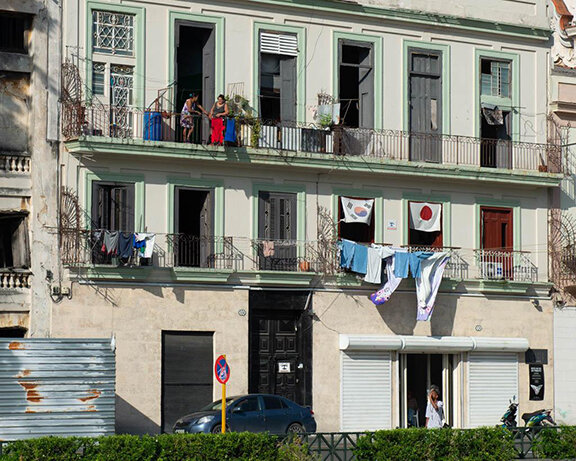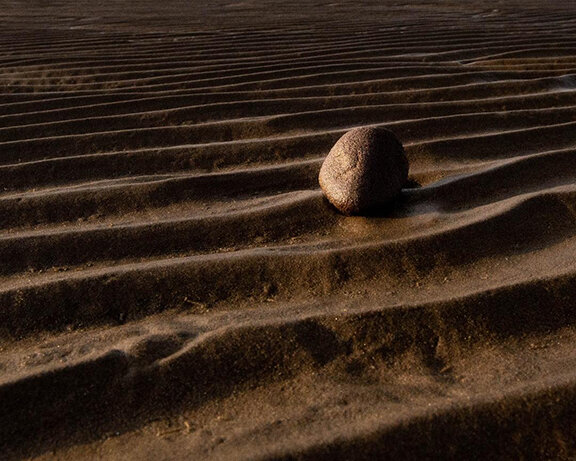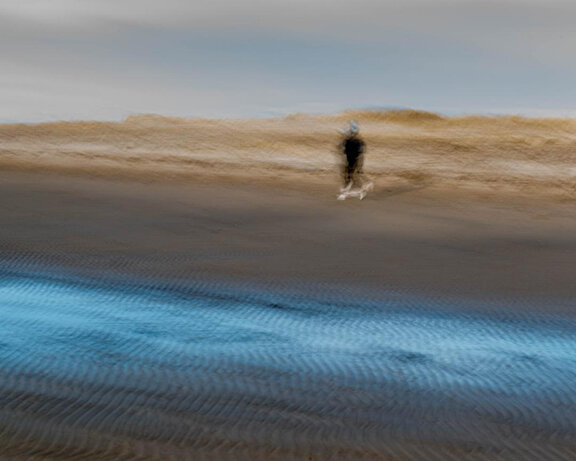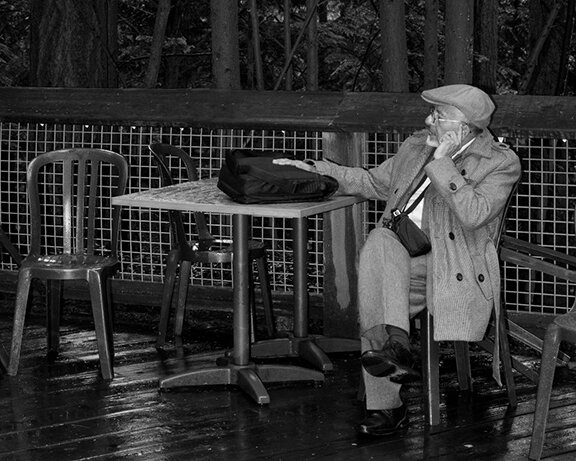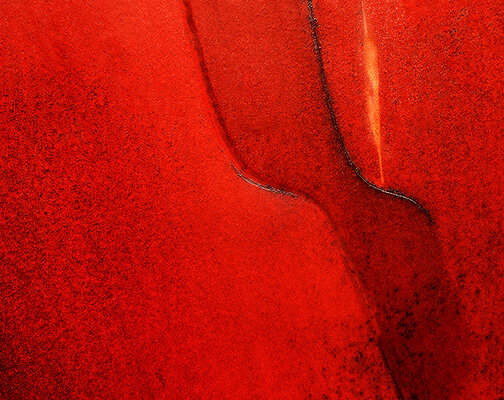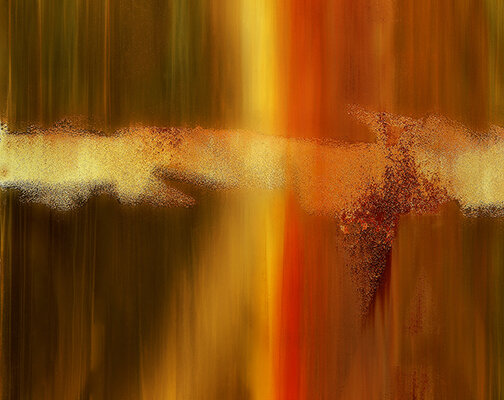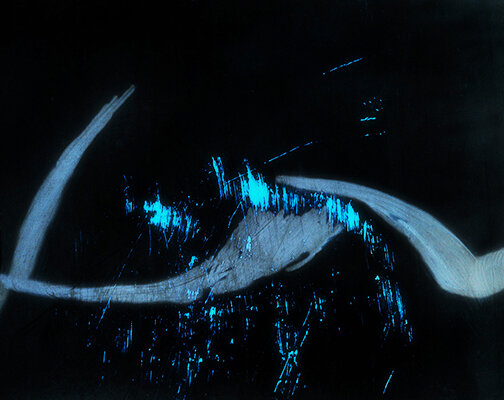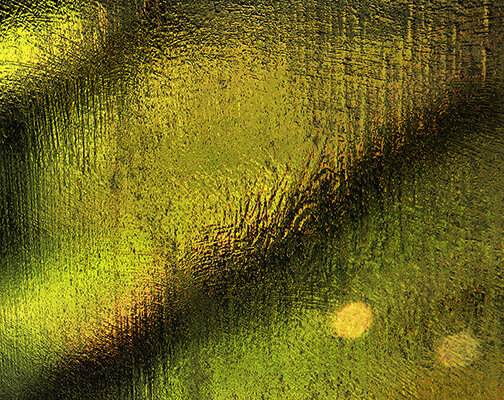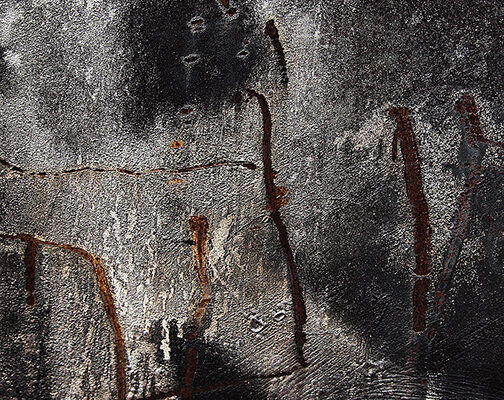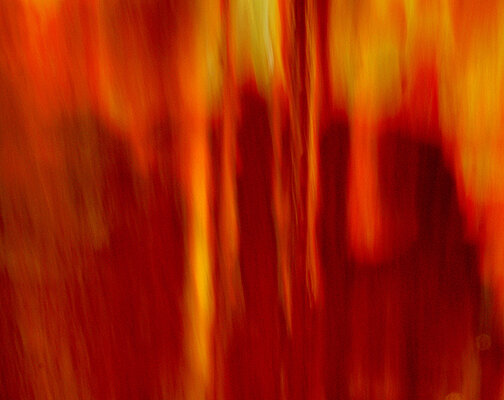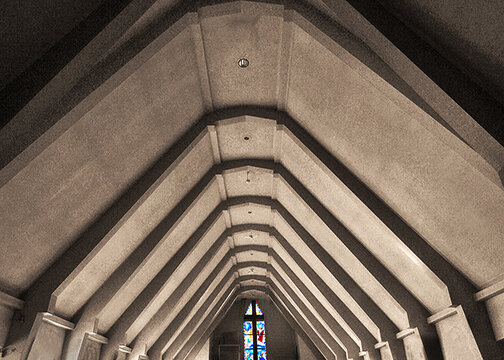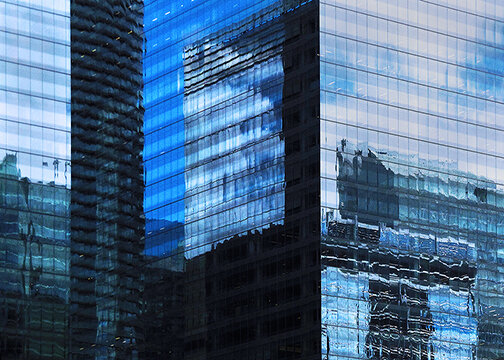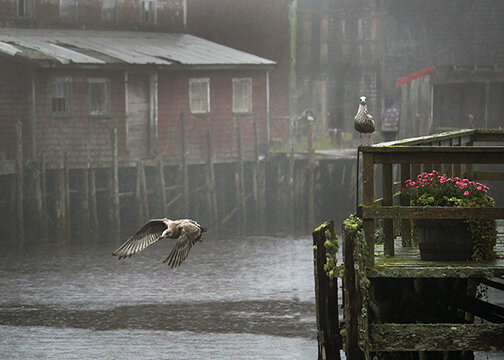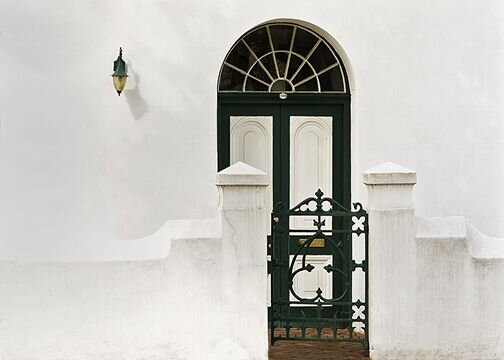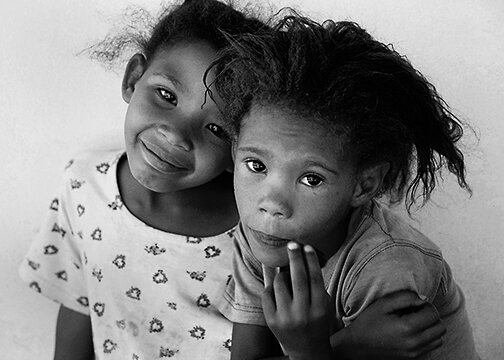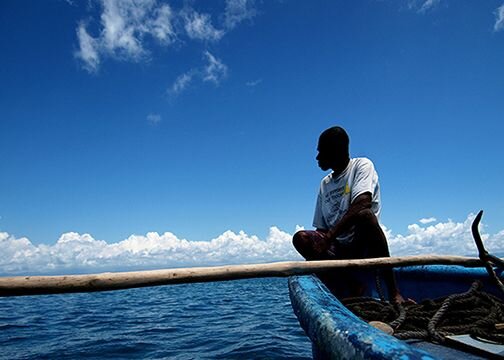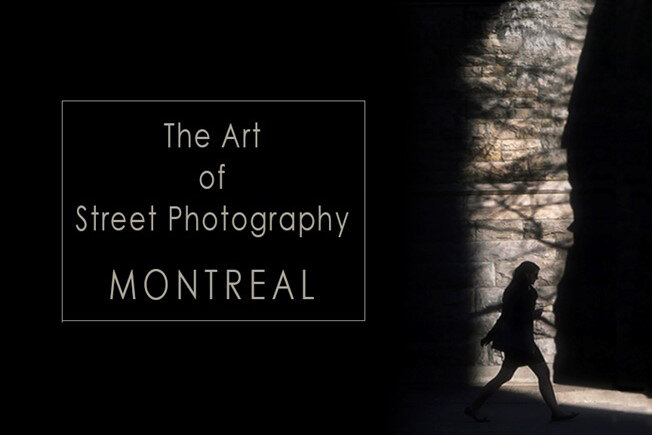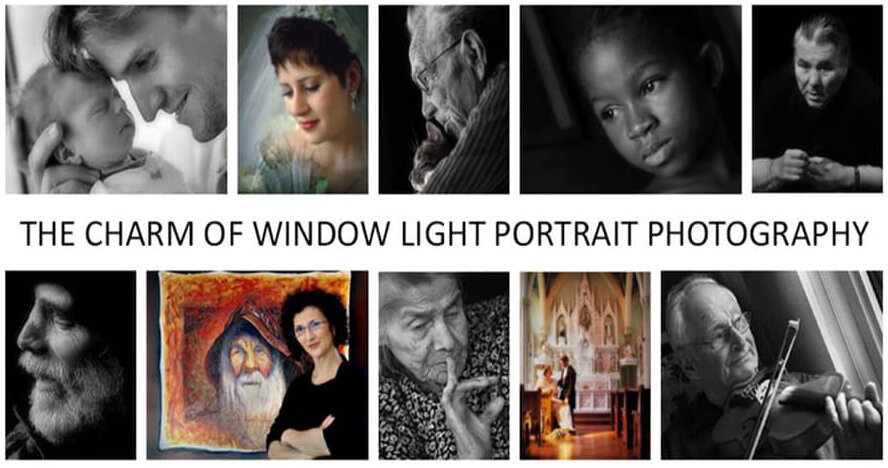THE SPONTANEOUS ART OF
STREET PHOTOGRAPHY
REFLECTIONS, OBSERVATIONS AND INSIGHTS
Newsletter # 3 by Maurice Henri © 2020
IN THIS EDITION:
DID YOU KNOW?
REFLECTIONS - Street Photography
OBSERVATIONS - Street Photography
INTRODUCING - ESTAVAN ORIOL - Street Photographer
ARTQUEST PHOTOGRAPHERS SOCIAL - MEMBER SHOWCASE
CREATE A PHOTO SERIES FOR INSPIRATION
FINAL THOUGHTS - PHOTOGRAPHY AS THERAPY
INFORMATION AND HAPPENINGS
DID YOU KNOW?
The First Digital Camera was Invented in 1975.
Steven Sasson invented the world’s first digital camera.
He was working at Eastman Kodak at the time.
DID YOU KNOW?
HELEN LEVITT
Helen Levitt - (1913 - 2009) - A founder of the street photography movement who’s been called “the most celebrated and least known photographer of her time,” spent 60 years taking candid photos on the streets of her native New York City.
Helen Levitt's playful and poetic photographs have delighted generations of photographers, students, collectors, curators, and lovers of art in general. The New York Times described her as: "a major photographer of the 20th century who caught fleeting moments of surpassing lyricism, mystery and quiet drama on the streets of her native New York".
Helen Levitt was born in 1913 in a middle-class family of Russian-Jewish parents in Brooklyn, New York. She dropped out of high school and worked for J. Florian Mitchell, a portrait photographer. Commercial photography didn’t interest her. Her true passion was photographing people in their natural environments which she learned from the Film and Photo League.
In 1935, Levitt met and befriended Henri Cartier-Bresson. Inspired by him and his work, she bought a small 35 mm Leica in 1936 and started to take her early street photographs.
In 1937, Levitt visited Walker Evans, and started to grow a friendship with him, James Agee and their friend, the art critic Janice Loeb.
In 1959 and 1960, Levitt received two subsequent Guggenheim Fellowships and started to work in color.
40 of her color street photos were shown as a slide show at the New York Museum of Modern Art in 1974, one of the first times photographs were formally displayed this way in a museum. Her work was also part of the famous “Family of Man” exhibition.
Helen Levitt is one of history’s best street photographers who unfortunately didn’t gain the fame and recognition during her lifetime she deserved. However she was a mostly private woman who followed her passion (which was shooting in the streets).
Very much like Vivian Maier, she shot for herself and aimed to please herself (before pleasing others).
THE SPONTANEOUS ART OF STREET PHOTOGRAPHY
REFLECTIONS
Street Photography
With street photography, it all comes down to the photographer’s instincts, where no amount of planning can prepare you for what you encounter on the street.
Street photography is one of my favorite and most inspirational type of photography. I find it riveting to watch people and capture fleeting glimpses of lives with my camera. My aim through my photography is not only to to illustrate the human story, but to communicate it.
The realism of street photography is that its not as simple as many may think. Street photography can be quite daunting at first, yet quite exciting once you get your groove and obviously, once the principals of photography and design are understood.
I find street photography both relaxing and challenging, as well as rewarding. I find it a source of enjoyment, excitement, inspiration and a path for conveying thoughts and emotions, but it can also be quite frustrating and disappointing.
No other activity pushes me to learn more, to do more, to understand more and to improve more like street photography. I find the entire process of exploring and capturing the unknown and the unforeseen quite thrilling. And being alert and in the moment underlines the importance of being totally connected with the sites and sounds around me.
Life materializes all around us every second of the day and capturing a momentary fragment in a fraction of a second is for me the obsession. I photograph to explore these moments and try to express their meaning to the viewer.
OBSERVATIONS
Street Photography
I believe to become a better Street photographer you should find role models.
Robert Frank learned from Walker Evans and Eugene Atget inspired Berenice Abbott. For over a century, street photographers have found inspiration in their predecessors and colleagues. Kameron Sears is a street photographer based in Chicago. He names Robert Frank, along with Vivian Maier, Saul Leiter, Todd Webb and Bruce Gilden as inspiration.
Find someone whose work speaks and inspires you and use that as a point of departure. Seek not to merely look at their work online, but actually acquire their print books and attentively peruse them. I am confident that this will have a much stronger effect in your development than merely scrolling online.
Devote time with images by master photographers and let them enlighten rather than dictate your artistic direction. And of course, you must go out there and do it.
““To me, photography is an art of observation. It’s about finding something interesting in an ordinary place… I’ve found it has little to do with the things you see and everything to do with the way you see them.”
– ELLIOTT ERWITT”
THE IMPORTANCE OF THE "MOMENT" IN STREET PHOTOGRAPHY: Capturing the “moment” is the heart and soul of street photography. Although some "moments" will appear before you without warning, other "moments" can be anticipated. You can design a great composition, but an expressive "moment" is the definitive component that creates the energy and the message in your image. Without it, your street photographs will look as if something is lacking.
For example, peoples disposition alters when they know they are being photographed. The most difficult part of street photography is being a discreet bystander and not disrupt the "moment" with your presence. The minute you are spotted, the "moment" is gone and you can no longer capture the honesty of the scene; it becomes false.
ANTICIPATE WHERE YOUR MOMENT WILL HAPPEN: If you have been making street photographs for a while, chances are that you are capable of anticipating where or when your "moment" will materialize. For these instances, make sure you are ready with your camera’s setting established and the design (or composition) is framed in a way that the subject(s) and the "moment" are clear from any distraction.
To really hone in your skills and keep you sharp, you have to know and feel when the timing is right for you to make the image. For that reason, I believe just using a camera in “burst mode” and simply hoping you got something will never get you in the actual "moment.
CAPTURE INTERACTION: I have always been mesmerized in capturing key “moments” in my street work. I am particularly attracted with how people interact with each other. To me, that is what creates special “moments”. I can describe the majority of my street imagery as a glimpse into the existence of other people.
When two or more people are together, 'moments" are more than likely going to happen. That's when you stop or slow down and observe. When it becomes obvious or you feel that something is going to happen, get ready, pay attention to the light, shadows, colours, framing, etc. In these cases, be patient, wait for it and when several subjects are intermingling with one another hit the shutter at the right "moment" to communicate a clear message.
MAKING A CONNECTION: I categorize catching people through my street / candid photography as a “fractional connection” which happens between the subject and myself. Never to become friends or even have a conversation, yet I see it as a intimate moment rooted in time. A special short-lived relationship shared, never to be experience again.
The thrill of street photography (and also the tricky part) is that the objective is to capture a moment without the person or people being aware that you are there. Generally, street photography is more about being inconspicuous and covert than intermingling with people. However, every so often, the subjects will notice you making photographs of them.
At that precise moment, when the subject catches you photographing is very revealing. I not only find that moment to be extremely authentic,I find it very honest. It becomes a fantastic opportunity to actually make eye contact and reveal yourself.
At exactly at that moment, you must unequivocally trust your "gut instincts" because if you are truly connected to the environment you “will know” if you must move on or permitted to stay a little longer and/or create a candid portraits. Trust that the ambiance and the people within the scene will silently communicate with you and give cues. I assure you; if you are dialed in, this is one amazing and personal experience.
REVELING AUTHENTIC LIFE: Street photography is not always about pretty pictures. It's about documenting life, "real life", for better or worst, and real life is not always pretty.
Of course, you want the exposure, lighting and composition to have a good level of quality but in this type of photography, what matters most is to make sure your photos are thought-provoking, and contain emotion, a message or tell a story, positive or negative.
As you wander the streets, be aware and identify the potential a subject or scene can communicate something instead of looking for only prettiness. Try to create compositions that will touch people’s emotions and rouse their curiosity.
Don’t be afraid to create strange, gritty or abstract images. These images are not all about pleasing the judges at your camera club or need to be mounted and framed on your living room wall. Embracing imperfection is fine as life on the streets is not perfect and you do not always have perfect or controlled situations. Every so often, it is those imperfections that make them better photographs and makes them real. These slight imperfections will support the notion that this was unplanned moment in real time.
COLOUR OR BLACK & WHITE FOR STREET PHOTOGRAPHY?
First of all, let us assume that you are shooting with a digital camera and the option of colour or monochrome can be done post-processing. The choice of selecting colour or black & white with film is a different story all together, as you must make the decision before you leave your home. And this will affect your artistic approach, because shooting in colour then turning it black & white later in post is a vastly different visual attitude and mindset than seeing and producing in black & white in the camera on site.
Therefore, this is the questions: Is street photography better in colour or black and white? Well actually, both are good as it is certainly a preferred choice. Some photographers only photograph in colour, others would rather create in black and white.
_____________________________________________________________
There is a saying in photography when it comes to photographing people…“When you photograph people in colour, you photograph their clothes. When you photograph people in black & white, you photograph their souls". I've subscribed to that mind set for decades and it is the reason that a large part of my people imagery is in monochrome. Of course, there are exceptions to the rule, but for the most part my preference is black & white when it comes to people photography. Others may prefer colour and that is fine. As mentioned previously, it’s a personal choice. No wrong or right.
But when facing certain subjects or situations, I will make the judgement call to switch to colour as the option before I release the shutter. Here are some reasons behind that decision and why black and white could be a better choice:
Black & White works well if your subject has a classic look. It will give the image a period feel and offer a more artistic vibe. This becomes much more genuine when nothing in your composition dates the photograph (for instance, mobile phones, automobiles, etc.). Sometimes, black and white processing will even help out in obscuring those elements.
WHEN COLOUR WORKS BEST
When faced with very colourful situations or subjects, I quickly process what I feel will work best between colour and black & white, but by my own personal directives, I have to establish why I selected colour because I am always in a black & white mindset.
It’s not complicated to have a preference; however, it is much more difficult to explain that preference. In time, like me, you will came to see that some images work better in colour or vise versa. Some catch my eye solely because of their colours and through my evaluating process, I conclude that in some instances, visual impact could be lost if shot in monochrome.
Here are examples of when (in my opinion) colour works best. Although it could go either way, in these cases, my preference is the colour image because I think these pictures are worthy of the excitement of colour.
Discovering a colourful background or prop, anticipating the right subject to eventually come into your frame is a terrific way to envision or predict the image. By waiting for something to happen and getting ready for it, you may decide to get the subject in a colour rather than in black and white. But be careful as colour can play an essential role in accentuating or diminishing the visual attention from the subject or message. Keep In mind, colour must not overwhelm, it should accentuate the narrative, not distract from it.
Silhouettes in street photography is a terrific way create visual tension in your images. The contrast with the absence of features in the subject produces mystery. They are simple to make and enjoyable to search for the next time you are exploring with your camera. Usually, silhouette photographs are stronger in black & white than in colour. But silhouette in colour photographs can also carry strong impact.
Here, it is important that the human viewpoint presented should be defined with some separation to identify the outline of the body. Eliminating the colour will bring more attention your subject to make it stand out, particularly if it is small in the composition. The eye will instinctively be drawn to the human form.
The main factor to successful silhouettes is that the subject must be in focus. Keep in mind, you want a defined shape for the reason that you will not have very much detail (or none at all) on your principal subject.
The essential technical component of creating a silhouette is back lighting. You want the background to be brighter than the outline of your subject.
WRAPPING IT UP
Street photography involves practice, the more you go out and photograph, the more your eye, skill and confidence will improve. Perception and intuition are the key factors to tap into and develop over the camera gear. A great street photograph is the result of a good idea, communication and emotion depicted in an uncomplicated way. So, travel, connect with strangers, be sociable and practice.
INTRODUCING ESTAVAN ORIOL - STREET PHOTOGRAPHER
Check out this video of renowned photographer Estavan Oriol, inspired by his father... In my opinion, this photographer embodies the true state of mind of a Street Photographer.
Estevan Oriol is an internationally celebrated photographer, director and urban lifestyle entrepreneur. Beginning his career as a hip-hop club bouncer turned tour manager for popular Los Angeles-based rap groups Cypress Hill and House of Pain, Oriol’s passion for photography developed while traveling the world. With an influential nudge and old camera from his father – renowned photographer Eriberto Oriol – Estevan began documenting life on the road and established a name for himself amidst the emerging hip-hop scene.
ARTQUEST PHOTOGRAPHERS SOCIAL - MEMBER SHOWCASE
JEAN-GUY GALLANT
Saint - Louis, New Brunswick
______________________________________________________________________
I bought my first camera in the early eighties. It was mainly for taking family and vacations photos. As the years went by, I was taking less and less photos. It is only when I retired in 2012 that I decided to by a digital camera and a few lenses. My interest seem to be changing from time to time. I’m not into any special genre but always shoot whatever catches my eye.
Here are a few of my images.
Jean-Guy
CREATE PHOTO SERIES TO INSPIRE "YOU"
Many emerging photographers find that their work takes a distinct leap ahead once they begin working on a photo series as an alternative of only creating standalone (unconnected) images. This is because a well-conceived photo series will provide focus and naturally guide the photographer towards uncovering and defining their own distinctive style. This kind of project is excellent for those looking to create a strong, cohesive look for portfolios (social media or print), gallery exhibits or book publishing.
Another step, when the primary conception is specified, the photography series will be a straightforward go-to project, so a lesser amount of time is dedicated to experimenting and more on actually shooting. This will lead to a large increase in productivity and consequently a higher level of creative imagery.
Naturally, shooting a specific theme has the possibility to become compulsive, but this is precisely what makes these projects so important as a creative project. Consistently going over and over to the same theme influences a photographer to actually cultivate and hone in their talents, discover the parameters of a subject, explore for new viewpoints, make unexpected discoveries and go a little deeper beneath the surface of the subject matter.
To get you going, here are a few tips to guide you to create an awesome photo series.
1. Search or think for ideas
2. Select a theme
3. Incorporate your interest or point of view
4. implement attainable limits to get to your subject
5. Develop the project by shooting for unique outcomes
6. Think long term
The photos below are from a series of hundreds of images over a few years that became a twenty-five piece exhibit I made many years ago titled:
"RUST NEVER SLEEPS"
For this project, I have been exploring close-up abstraction from rust to produce work that is more about texture, colour and composition and less about a representational subject matter.
For the "Rust Never Sleeps" series, I hunted industrial sites where I could shoot rusted metal where there is often rich visual content to contemplate. There is a fascination in documenting man-made materials, where once constructed, begin a never-ending attempt to return to nature. I chose closely cropped images to remove any contextual reference and give the illusion of a painterly abstract effect.
My goal was to challenge the viewer to appreciate simple details by promoting the simplest elements of lighting, composition and treatment of the subject to present my view in a straightforward yet artistic manner.
FINAL THOUGHTS
PHOTOGRAPHY AS THERAPY
In my many discussions with photographers and with the years of working with Cameras for healing, it has struck me how many view photography as a form of therapy, while also helping them engage with others.
Yet, I know many photography hobbyists who stop photographing when life gets hectic or overwhelming. Because it is a pastime, it can become unimportant or avoidable compared to everything else going on.
But in reality, if photography equates to healing or is therapeutic for you, well then, I think that that's not unimportant and should not be dismissed. Even if you are only taking snap shots that no one will look at, creating those photos is essential if it helps you unwind and avoid stress or other emotional ailments. Particularly now, with all the challenges and uncertainties of what is happening this year. I believe your photography now and more than ever is worth prioritizing if it's connected with your health and wellness.
“It is one thing to photograph people. It is another to make others care
about them by revealing the core of their humanness. - ”
Due to the pandemic, many of our events, gathering,
courses and outings are postpone until further notice.
The Montreal & New York Street photography and Grand Manan Documenting Discovery workshop remain a go for now (August, September, October). We are still accepting reservations or inquiries. As we get closer to the date, we will be able to make a decision to postpone or proceed. We will send more information as we know more.
To stay up to date and get more information go to www.artquestphoto.com
We had our first installment of Art Talks / L'art Parle on ZOOM conferencing with photographer Freeman Patterson. We had very good attendance by people from many parts of the world - Canada, USA, Israel, Australia, New Zealand and South Africa.
Stay tuned for our next Art Talks / L'art Parle event. Featured artist to be announced.
Art Talks events are: Intimate conversations dedicated to presenting a platform of photographic artists and thinkers to stimulate thought and inspire creativity.
Maurice Henri Photography 2020 ©
Reflections, Observations and Insights is an information Newsletter sent quarterly.
If you are interested in receiving it, please email or private message me your name and email address. Thank you for your interest.
The content of this email is intended for the recipients specified in this subscribed group only. It is forbidden to share any part of this message with any third party, without a written consent of the author.
This message is sent to you because your email address is on our subscribers list. If you are not interested in receiving more emails like this one, just hit Unsubscribe.



